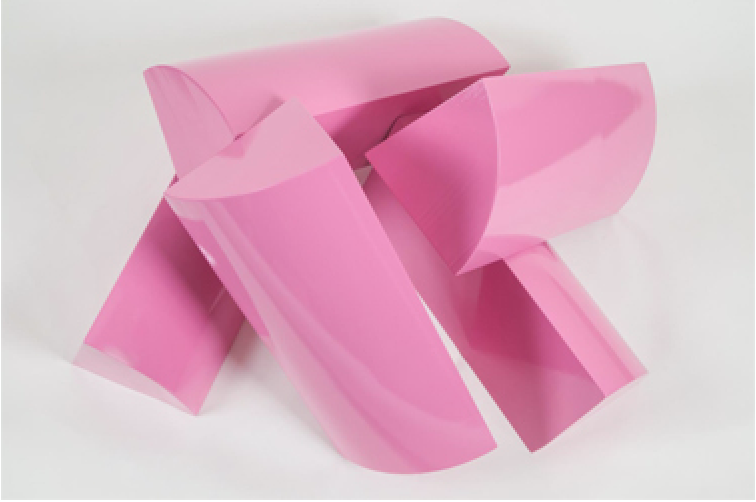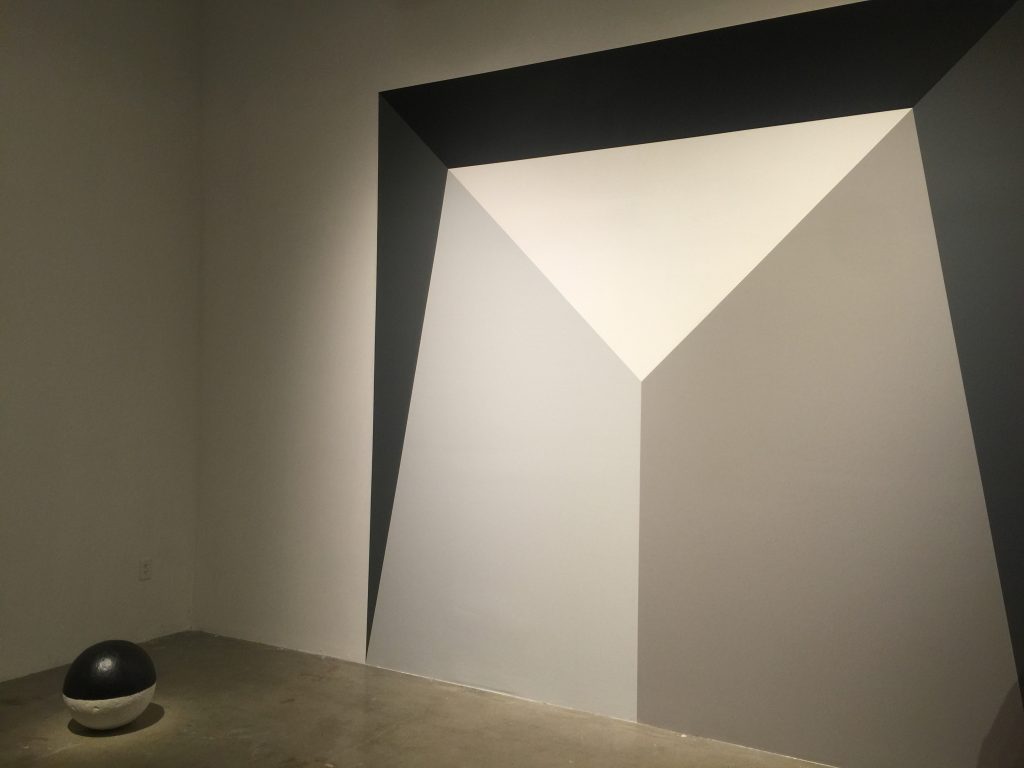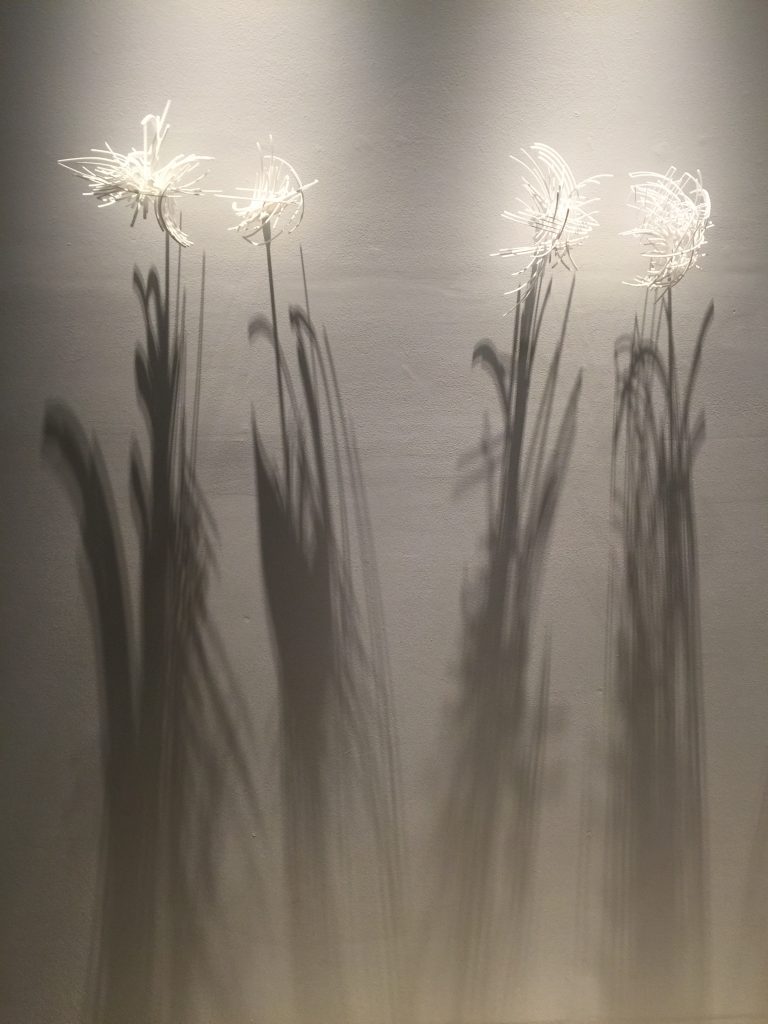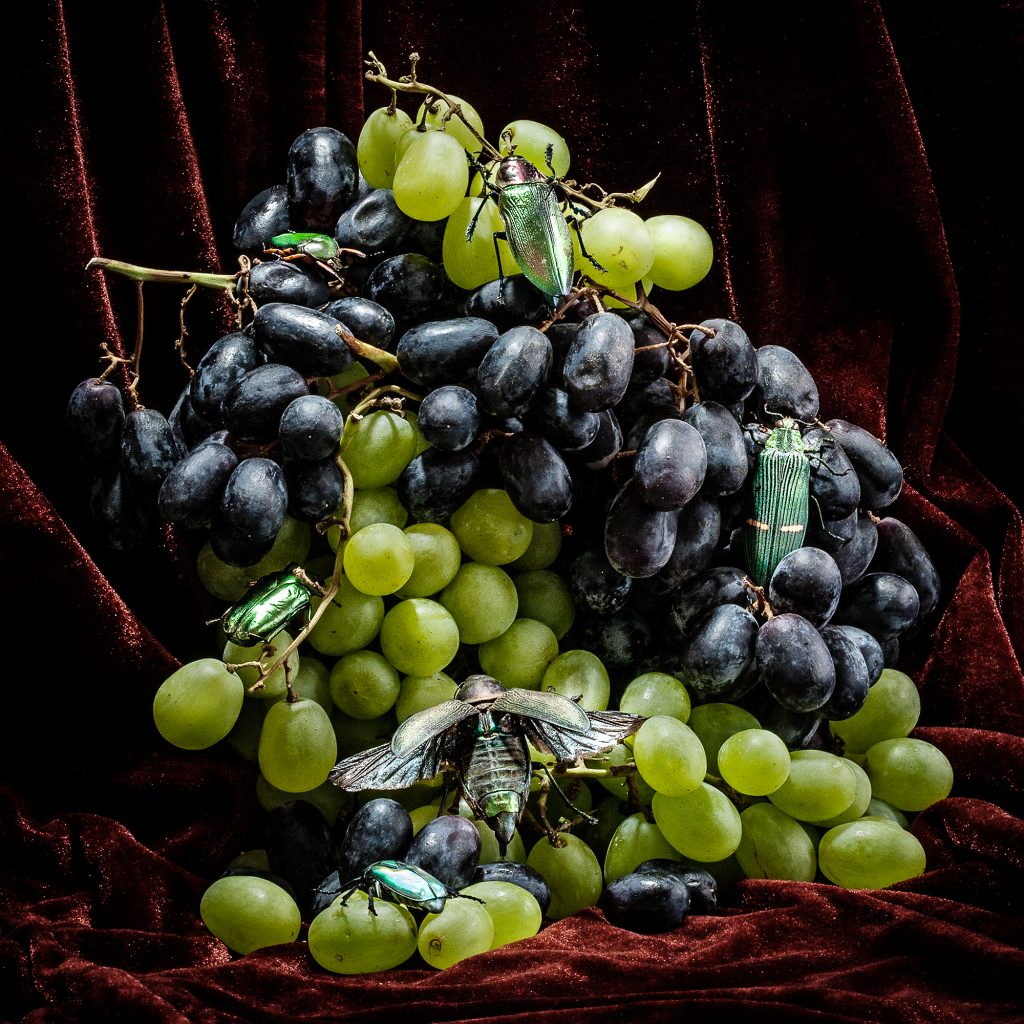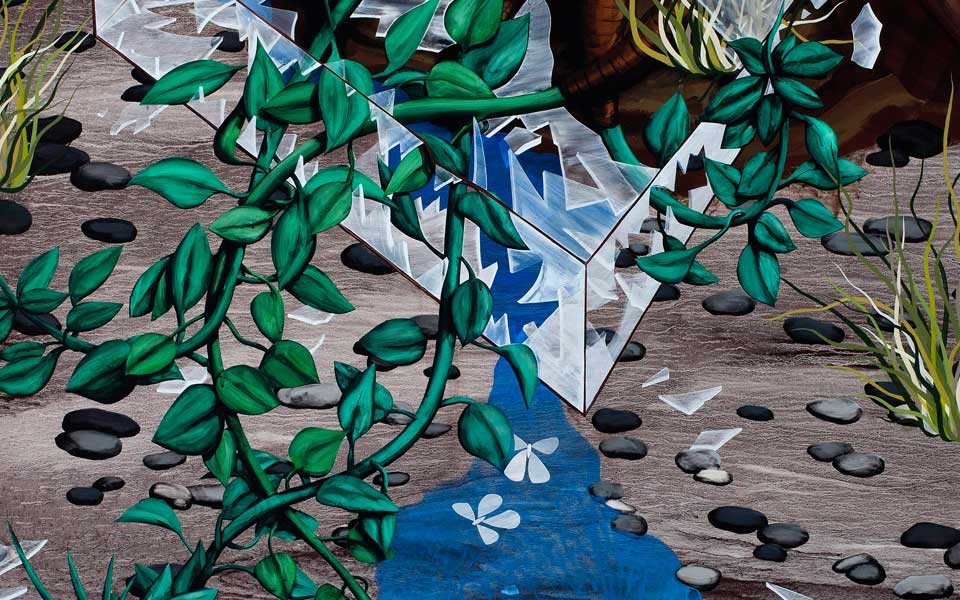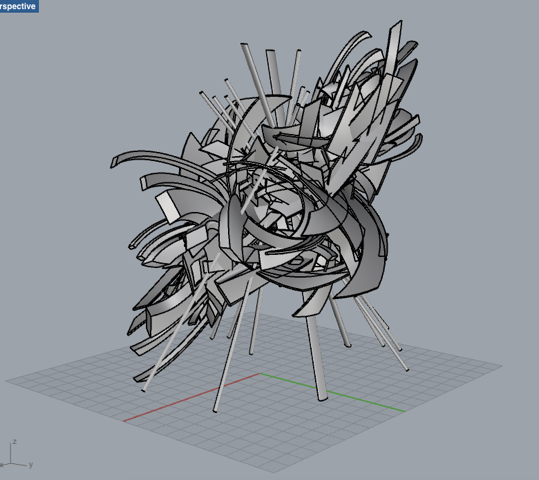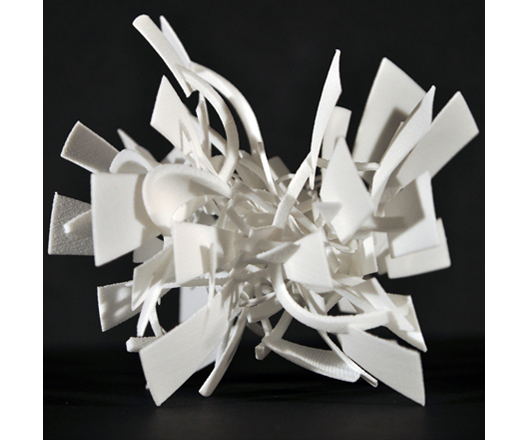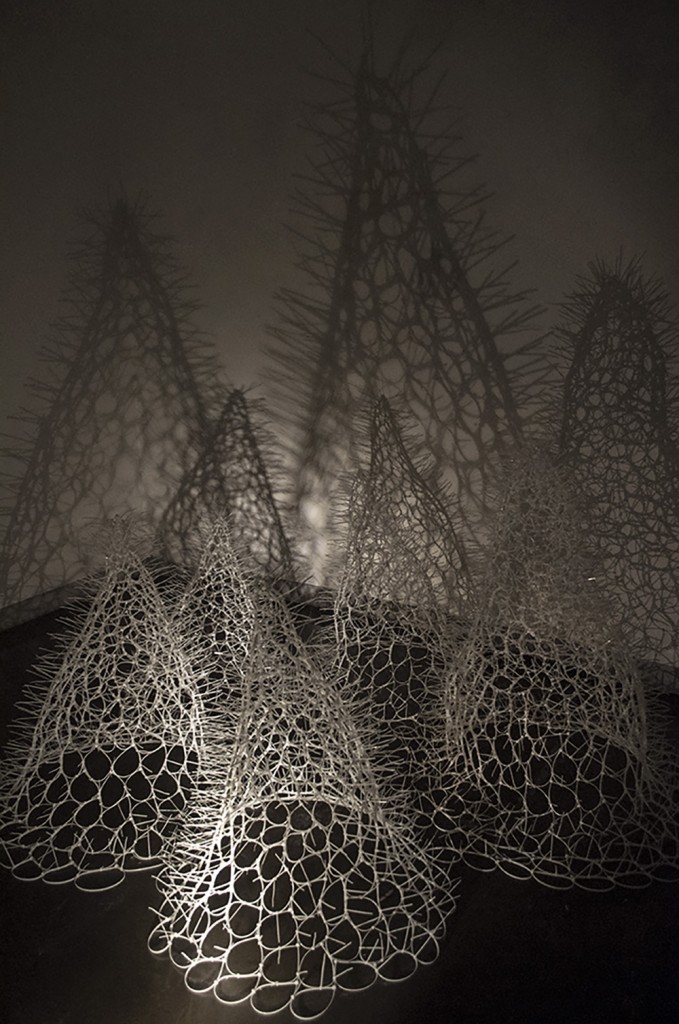Vesna Pavlovic’s exhibition “Fall and Folds,” will delight contemporary art connoisseurs and art history students alike. Pavlovic’s work examines trends in art extending to the renaissance, through a contemporary lens. Her compelling appropriation of art history slides shows the works of many well-known and impressive artists reframed within the context of pedagogy.
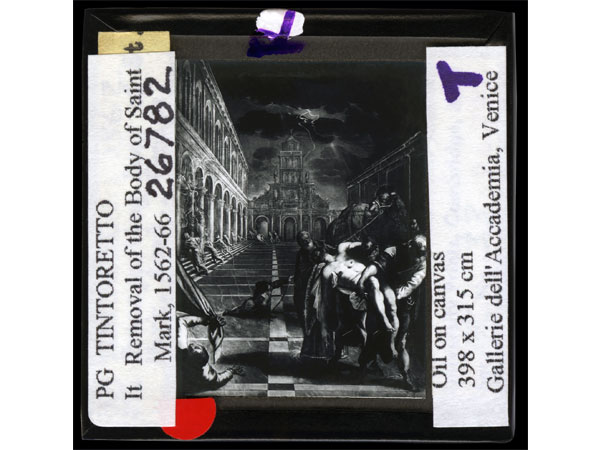
PG TINTORETTO It Removal of the Body of Saint Mark, 1562-66, 30 x 30 inches, endura metallic color print with metal stand, edition of 3
Perhaps the most striking objects of the exhibition are the curtains, which take on various tasks, reflecting the perpetually turning slide monitor, providing backdrop to works of art, and altering the light coming into the gallery; mirroring that of a dimmed art history classroom. Pavlovic’s slides also bring forth the vernacular of art historians with large black emblazoned letters detailing college campuses from whence the slides came, as well as details of their originals.
 GREEK: ARCH: ATHENS GEN: ACR: PARTHENON: EPEDIMENT GODDESSES, 30 x 30 inches, endura metallic color print, edition of 3
GREEK: ARCH: ATHENS GEN: ACR: PARTHENON: EPEDIMENT GODDESSES, 30 x 30 inches, endura metallic color print, edition of 3
This duality of presenting famous turn-of-the-century works of art through a didactic lens creates an oscillation between now and then, contemporary and antiquated, revolutionary and appropriated. Pavlovic’s work provides a new context for fundamental artistic studies, placing them as artifacts rendered contemporary. Bordered by diaphanous curtains, even the texture of the material projected upon becomes an augmentation of the antiquated. What is stands out most is that Pavlovic’s slides, enlarged and hung, are incorporated into the slide projector reel, flashing across a draped slightly transparent curtain of plastic. When one enters the gallery, they see the slides, enlarged and with their full and original texts, against the dimmed light created by the curtains and hear the click of the projector reel as it turns. Pavlovic’s art is double-edged in that regard, perpetuating notions of art history teachings in darkened lecture halls, as well as calling forth the use of detail, shadow and light in classical and early modern painting.

Slide Cabinet, 30 x 38 inches, archival pigment print, edition of three
Pavlovic also photographs in detail images of the various colored dots used to signify certain information on a given slide, as well as the slides themselves. A choice that shortens the distance between images of slides as art and image of slides and images of slides. These details focus on that of the art history world and how items such as projector slides are preserved. On view until July 30th, stop by this week to see how whitespace has been transformed into a place of pedagogy: in which classical images are elevated to high contemporary art.

